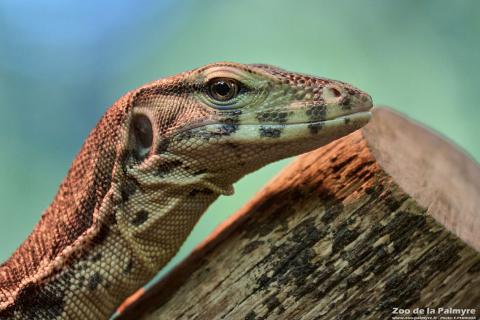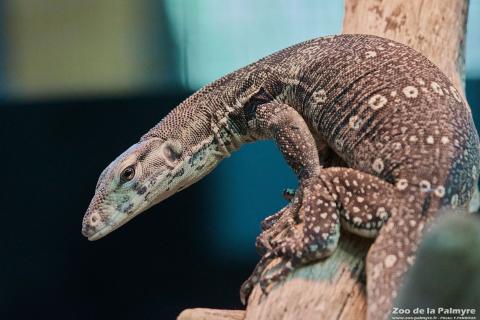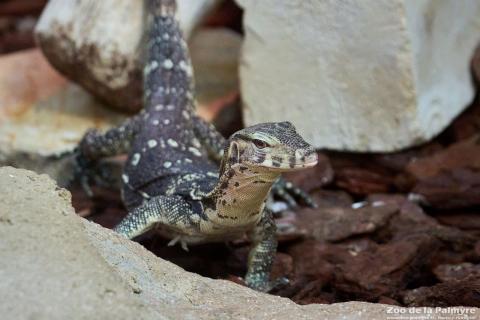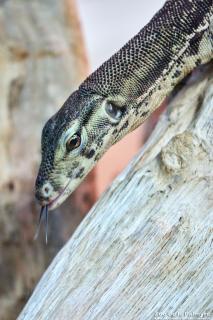Common Water Monitor

Common Water Monitor

-
Class
Reptilia -
Order
Squamates -
Familly
Varanidae
-
 up to 3m
up to 3m -
 up to 25kg
up to 25kg -
 6 to 7 months
6 to 7 months -
 5-25
5-25 -
 12 to 20 years
12 to 20 years
-
Diet
carnivorous (rodents, birds, eggs, reptiles, carrions) -
Habitat
mangroves, marshes, forests -
Range
Southern and southeast Asia -
Population in the wild
Inconnu -
IUCN REDLIST status

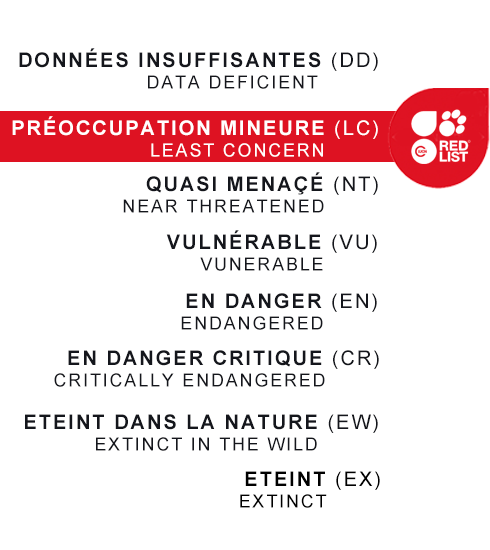
The common water monitor is the world’s second largest lizard after the Komodo dragon, as well as the most widespread monitor. It inhabits a variety of habitats, generally near a water source, and can reach up to 3 meters in length.
This diurnal semi-aquatic predator eats all kinds of animals: birds, small mammals, fish, frogs, snakes, turtles, carrions, etc. It does not stalk nor ambush but run after its prey: the powerful muscles in its legs allow it to reach extremely fast speeds for its size. Its toes have strong powerful claws. Juveniles are excellent climbers, capable of taking refuge in a tree in case of danger. The species is also perfectly at home in water, whether fresh or salt: it can remain submerged for nearly half an hour!
A large burrow dug along the riverbanks serves as shelter at night. The species actively forages for food during the hottest hours of the day, with the largest males sometimes traveling up to 2 km per day. Females use termite mounds or rotting logs to lay their eggs.
Parthenogenetic births, that is, without the intervention of a male, have been recorded in captivity. This phenomenon, which is common among invertebrates, is much more exceptional among vertebrates but appears to be quite widespread among reptiles, particularly lizards.
Unfortunately, the common water monitor is hunted and heavily exploited for the trade of its skin in the fashion industry. It is estimated that between 2010 and 2018, Malaysia and Indonesia exported more than 2.3 million skins of wild-caught specimens! The species' ecological flexibility, high reproductive rate (multiple clutches of 5 to 25 eggs per year), and the fact that harvesting is mainly focused on males explain why it is still relatively abundant in some parts of its range. However, the IUCN recommends considering the common water monitor as a priority species for conservation in the areas where it is declining, and that its status be reviewed at regular intervals given the current harvest levels in some countries. The species is also hunted regionally for its meat and fat, which is used in traditional Asian medicine.

